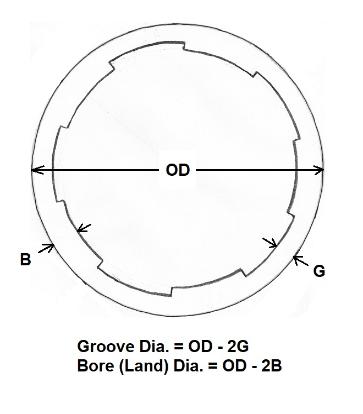Actually, it is not that bad -- the bore is sound and most of the barrel bluing is intact. It came to me with one of the old Tasco brass 32-inch "Civil War" scopes with steel crosshairs in good condition with nice patina, and a small vernier tang sight that didn't make much sense. The previous owner beat the heck out of the tang screw, gouging the tang and the stock at the tang in apparently fruitless attempts to remove it. I gave it some Kroils and then got it out with drilling and "easy-outs." New one coming from Dixie. The stock is doing the backstroke in CitriStrip this evening in the garage, wrapped with Glad plastic wrap and soaking in the heat.
Will clean everything up and try to figure out a decent stain and finish for the wood --likely beech. Might need a little AcraGlas for the abused tang wood, but otherwise not bad. This one was made in 1976 for Sears. I can see absolutely no hint of the breech bolster being brazed vs welded.
A Zoli Zouave was the first big-bore percussion rifle I ever shot -- about 48 years ago if my math is sound.
Gerald Ford was president. Go Michigan and God bless these United States!
Will clean everything up and try to figure out a decent stain and finish for the wood --likely beech. Might need a little AcraGlas for the abused tang wood, but otherwise not bad. This one was made in 1976 for Sears. I can see absolutely no hint of the breech bolster being brazed vs welded.
A Zoli Zouave was the first big-bore percussion rifle I ever shot -- about 48 years ago if my math is sound.
Gerald Ford was president. Go Michigan and God bless these United States!
Last edited:







